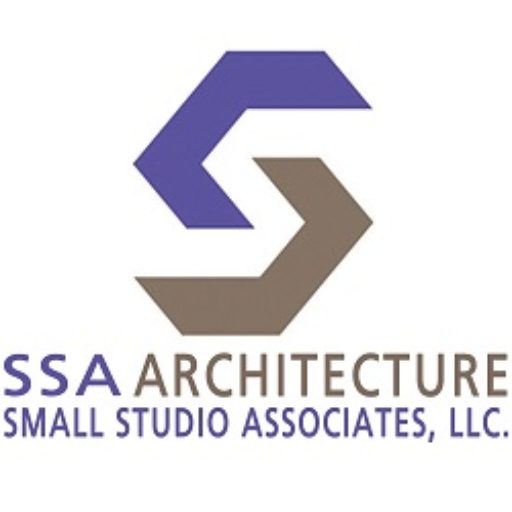SSA Architecture is experienced in drawing new commercial building “blueprints” as most other architects in Las Vegas are. With that experience we have found there are some steps that make the “Drafting Plans” process smoother. These are a few things that you should look into doing to expedite the design and construction documents process.
- Preliminary Design – Allow us, the architect, to do a preliminary design with key features that you plan on incorporating into the rough preliminary design concept. This allows for the architect to investigate if your design is viable for the land you are planning to use. This lets you get a feel for the size of the building and parking lot that your new project will demand. This is best done prior to purchasing the land, so that you can try a few different designs on different properties. You can find more information on this specific topic on YouTube. https://www.youtube.com/watch?v=2evbLedpyww
- Due Diligence Planning Review – The preliminary design can be taken to the planning department so that we can get their feedback on the specifics of the project. Every jurisdiction is different, but most will initially tell you that as long as your land’s zoning is correct then the design and use are approvable. However, this is frequently not the case and it is best to get them involved early in the process to sort out planning and zoning feedback specific to your exact site and requirements as early soon as possible. If it is worse than that, and they don’t accept your land as viable. It is better to find out sooner rather than later, so that you may plan around having to switch pieces of land or design concepts. If you want to discuss having SSA Architecture provide a preliminary site concept or planning and zoning assistance please schedule a free consultation at 702-873-1718 or contact us here.
- Entitlements/Design Review – If you are going to design a project with certain uses then you may need an “Entitlement” process to determine of that is possible. Examples of uses that always require an entitlement or special use permit are: churches, liquor stores, auto repair, bars and others. This process typically involves public hearings and presentations. If your use is already entitled in the location that you want then your project may require a “Design Review.” The design review uses the preliminary design drawings to get government agency approvals for what you want. You can find more information on this specific topic on YouTube. https://www.youtube.com/watch?v=wwtfxrsC12g
- Submit and Process for Governments Entitlements Process – Once you have a reviewed design and your preliminary entitlement information, you must submit certain drawings to the corresponding government agency so that they may approve and the architect can finalize them. This can often be a lengthy process as your project must be coordinated between different government agencies and departments. You can find more information on this specific topic on YouTube. https://www.youtube.com/watch?v=_3ktF5MuhQE
- Soils Report – Soils reports are generally created by geotechnical engineers. Knowing what type of land and soils conditions your new building will be on is important. Can be very beneficial to know this is advance of purchasing land. Some soils conditions can dramatically increase foundation and structural costs. You may also find ground water that may or may not complicate the project further. A soils report will be necessary when it comes time for structural engineering. If you have not yet purchased the land the seller may have an existing soils report which you can have for free. You can find more information on this specific topic on YouTube. https://www.youtube.com/watch?v=VKJ02pyOvCM
- Cost Estimation – Having a formal preliminary cost estimate made to determine your likely building costs will help to establish if your planned building will be within your budget. Keeping in mind that the estimate would not be a 100% accurate one as you have merely given the estimator a preliminary design to estimate from. There will be more details known and determined there may or may not be changes throughout the actual final design and drafting phases but you will at least have a general sense of how much this new building will cost. You can find more information on this specific topic on YouTube. https://www.youtube.com/watch?v=RYBcqn1723Q
Completing any or all of the items above will help to make the drafting process for SSA Architecture or any other Las Vegas architects an easier and often shorter process. Check out the full video on this topic on YouTube. https://www.youtube.com/watch?v=wVQF9lutkxc&list=PLGcR_hF4Ue6203JXii5NiKj9FP7k00sDv&index=8&t=592s
